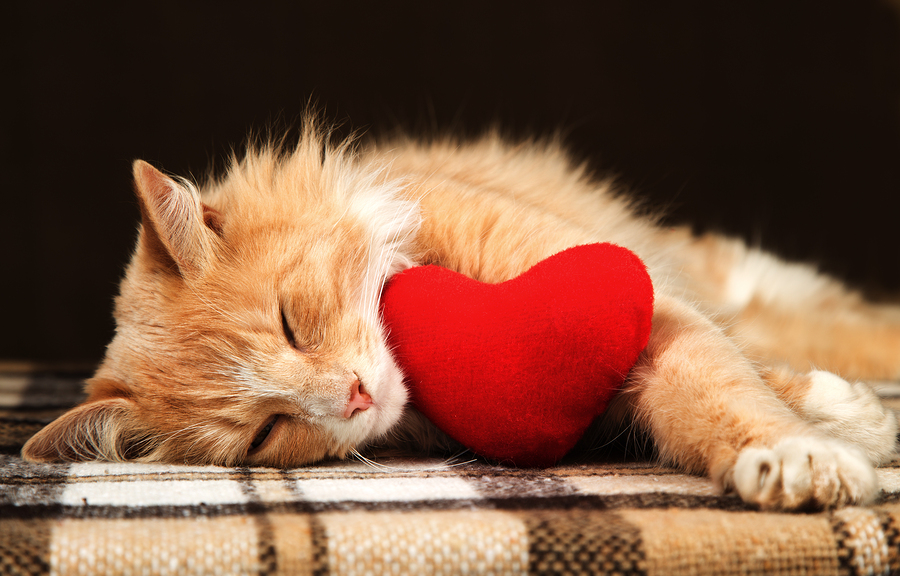Usually when I talk about the heart and pets, I’m speaking about our emotional connection. Not this time; I’m talking about your pet’s cardiovascular system.
Just like us, your pet’s cardiovascular system includes the heart and blood vessels (veins and arteries), and its function is to pump blood (the heart), deliver oxygen and nutrient rich blood to the tissues (arteries), and bring waste products back to the lungs and kidneys (veins). The right side of the heart pumps blood to the lungs, where carbon dioxide is removed and oxygen added, while the left side of the heart pumps blood to the rest of the body, delivering vital oxygen and nutrients and returning with waste products.
The heart beat itself is like a vehicle’s spark plugs, a tiny electrical current that originates in the heart’s pacemaker called the sinoatrial node — like the distributor and points in older cars or electronic ignition in newer models. Rhythmic electrical impulses spark the contraction of the smooth muscle fibers of the heart. In general, the larger the animal the slower the heart rate. At rest, a horse is 15 beats per minute, a dog 60-160 beats (think Great Dane on the lower end and teacup poodle on the upper end), and a cat more than 200!
In quiet, healthy dogs like the one lying beside you on the couch on in your lap watching TV, the heart rate is usually irregular, increasing while breathing in and slowing while exhaling. This is called respiratory sinus arrhythmia and is an indicator of good health. Over 40 years of practice, I can’t tell you how many times a pet owner has called thinking their pet is breathing rapidly or her heart is racing, when in fact both are normal. Sometime when you’re watching Game of Thrones reruns or Animal Planet, note your pet’s normal breathing and heart rate and put it in the notes of your phone.
Heart rate is inversely related to blood pressure. The heart rate decreases as blood pressure increases; the heart rate increases as blood pressure drops. In heart failure, nerve endings tracking blood pressure changes (for you medical nerds they’re called baroreceptors) mistakenly report to the brain that blood pressure is too low.
This initiates a negative cascade of events such as increasing heart rate and decreasing the lumen of the vessels, like turning a ¾-inch garden hose into a 5/8-inch and then a half-inch one, in an attempt to increase blood pressure. The mechanisms in turn, damage the heart.


